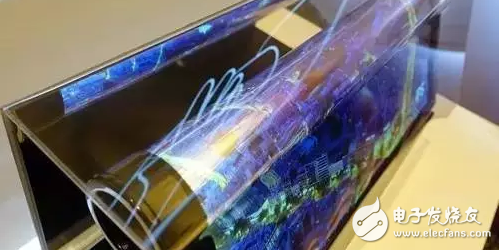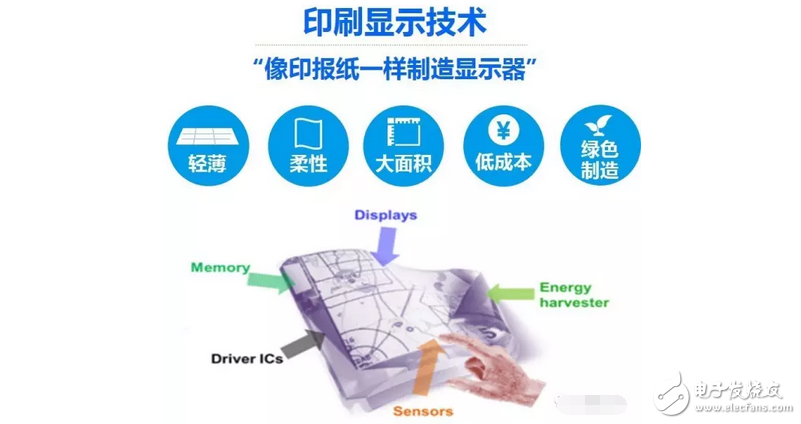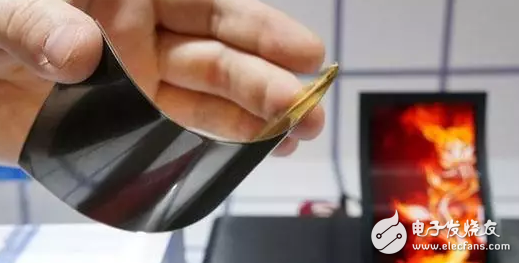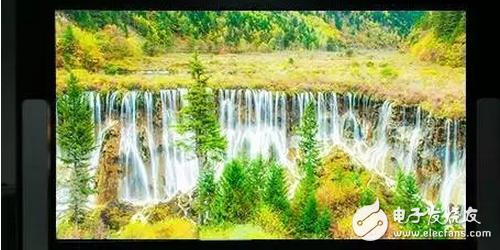In recent years, OLEDs are considered to be the most promising next-generation new flat panel display with its own self-luminous, high contrast, wide color gamut, large viewing angle, fast response, and flexible display. technology. In terms of market performance, small and medium-sized OLEDs are growing strongly, but large-size OLEDs are still in the market introduction period. “How to achieve faster reduction of manufacturing costs and provide more competitive market prices†is the key to further expanding its market share. .
With the maturity of the OLED industry, printed electronics has a good accumulation in materials and equipment, and its applications and processes have also achieved rapid development. Printed display technology is a process technology with advantages of rapid production and low cost. The industry is widely concerned, its emergence, it is expected to crack the large-size OLED bottleneck.

What is "printing display technology"?
The printed display uses organic, inorganic, and nano-functional materials (including metals, semiconductors, dielectrics, photovoltaic materials, etc.) that can be processed by solution, and replaces the conventional semiconductor process/vacuum process to produce displays by printing or coating technology. In short, a printed display is a process for making a film of an organic material using a printing method.
Production of large-size OLEDs using printed display technology
Obvious advantage
At present, whether it is an OLED TV screen or a mobile phone screen, the vacuum evaporation process is mainly used, the equipment is expensive, the material consumption is large, and the yield is difficult to increase.
Inkjet printing display process

Compared with the evaporation technology, the production of OLEDs by printing display technology has the following advantages:
First, the printing display process can greatly improve the utilization of organic materials. The material utilization rate of the printed display process is as high as 95%, while the material utilization rate of the vacuum evaporation process is only 20%.
Secondly, it is convenient to prepare a large-size screen. The printed display process is not limited by equipment and large-size fine metal masks, and large-size displays can be prepared.
Third, it can significantly reduce costs. The printing display process does not require the purchase and maintenance of a vacuum evaporation chamber, does not require the fabrication of a precision metal mask, does not require a color filter (minus the cost of the corresponding equipment and materials), and saves material, which can greatly reduce the cost.
Fourth, achieve higher yields and lower losses. The device structure is relatively simple, and the streamlined process helps increase yield while reducing power consumption.

Therefore, by developing printed display technology, problems such as high cost, low yield, and large-area preparation that restrict the development of large-size OLED TVs will be solved. In addition, the device structure of the printed display process is adopted, and the color gamut is easily improved, so that the screen can be presented with a higher quality display effect.
The future of flexible printing is worth looking forward to
Printed display and flexible display are a pair of born twin brothers. The two can be perfectly combined to produce flexible display devices by means of printed display technology, especially large-size OLED flexible display devices, which is one of the most promising markets in the world. Roll-Roll (volume-to-roll) flexible print display technology can be used to make displays like printed newspapers.

All along, Huaxing Optoelectronics is committed to the research of printing OLED technology, and is the first in the industry to launch China's first printed 31-inch OLED TV.

At the same time, it also accelerated the layout of printing and display technology. Huaxing Optoelectronics Co., Ltd. has printed and displayed key units in the United Nations to jointly establish the nation's first "Printing Display Technology and Material Technology Innovation Alliance" to build a public technology service platform for printing and flexible display. Guangdong Juhua Printing and Display Technology Co., Ltd. is a platform operating entity. In January 2017, it was approved to set up the “Guangdong Printing and Flexible Display Innovation Centerâ€, which is jointly established by universities, research institutes and the world's top upstream enterprises. Application and results transform the complete printing display technology innovation system.
Not long ago, Huaxing Optoelectronics took the lead in setting up the first national engineering laboratory of AMOLED process technology in China, striving to break through the bottleneck of AMOLED technology. In order to promote the industrialization of domestic large-size printing OLED, Huaxing Optoelectronics will integrate upstream and downstream resources of the industry, collaborative innovation and deep cooperation. To promote the improvement of the maturity of printing display equipment and materials, accelerate the mass production of printed OLED technology, and let the large-size OLED "the old Wang Xietang Qianyan", "fly into the ordinary people's home" as soon as possible.
Samsung Screen Protector,Tempered Glass Samsung,Mobile Tempered Glass,Tempered Glass Screen Protector Iphone Samsung
Shenzhen TUOLI Electronic Technology Co., Ltd. , https://www.tlhydrogelprotector.com